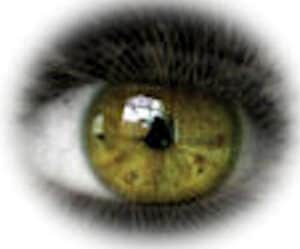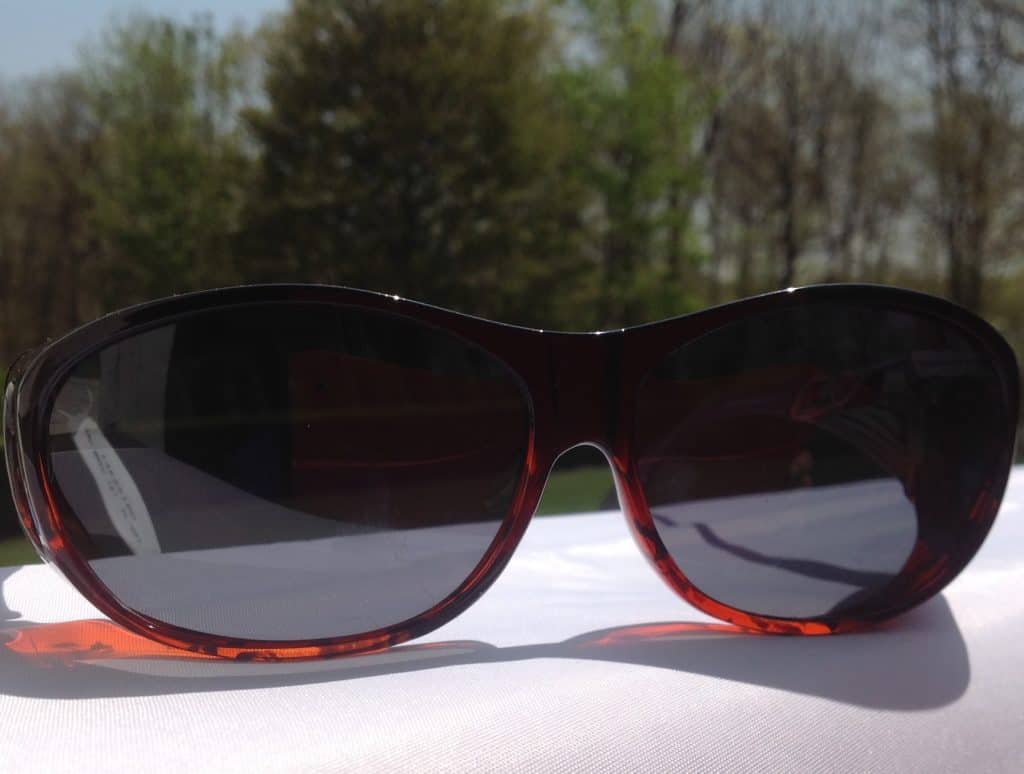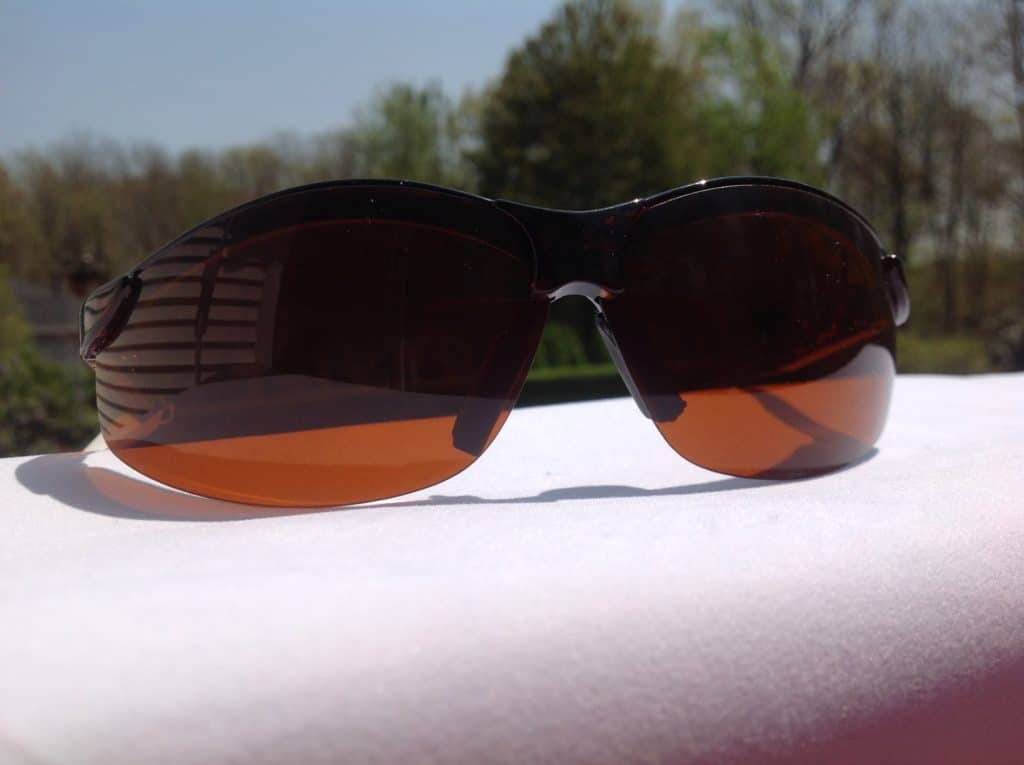Sunglasses serve a greater purpose than simply reducing sunlight. Beyond visual comfort, they provide crucial protection and optimize visual function, especially for the visually impaired. It’s not just about light transmission; it’s about how the lens enhances their vision.
Introduction: Sunglasses can be transformative for those with visual impairments. While many see them as a fashion accessory or a shield against bright sunlight, their benefits go much further. For individuals with visual challenges, sunglasses play a crucial role in enhancing their vision and quality of life.
Here’s how sunglasses can help the visually impaired:
- reducing glare and haze to provide clearer, sharper vision,
- enhancing color definition,
- reducing reflections off the lenses, and
- most importantly, 100% UV protection.
The Science Behind Premium Sunglasses
Manufacturers of premium sunglasses are utilizing their expertise in how the eye interacts with various wavelengths of light to develop cutting-edge color-enhancing technologies. These advancements are more than just fashion; they significantly enhance vision.
For instance, certain lenses are designed to selectively absorb specific wavelengths of light, such as blue and yellow, while simultaneously boosting green and red wavelengths. This specialized filtration is combined with UV absorbers, polarization, and anti-reflective coatings to create a truly premium sunglass lens. This advanced technology is a key factor contributing to the higher cost of these sunglasses.
Performance Sunglasses and Prescription Options: When we typically think of performance sunglasses, we imagine non-prescription eyewear. However, many of the leading premium sunglass brands also offer their high-tech lenses in prescription form, available by special order. Brands such as Ray-Ban, Oakley, Maui Jim, Costa del Mar, Bolle, Serengeti, and Wiley X are among those that provide this option, ensuring that those with prescription needs can also benefit from top-tier eye protection and visual enhancement.
Here I will discuss four aspects of sunglass technology and the role they play in not only protecting the eyes, but optimizing vision:
- Tints,
- UV protection,
- polarization, and
- anti-reflection coatings.
How to Determine the Best Sunglass Tint
Sunglasses are more than just tinted lenses; they play a crucial role in protecting your eyes. The tint of a lens affects the amount of light that reaches your eyes. Tints not only come in different colors but also vary in transmissibility, which refers to the amount of light allowed to pass through the lens.
Generally, the darker the tint, the less light is transmitted through the lens. Those spending extended time outdoors in bright sunlight may opt for a lens with low transmittance to reduce brightness.
Keep in mind, that the darkness of the tint does not necessarily indicate its ability to protect against harmful UV light.
Consideration for Vision Needs:
Individuals with low vision may have varying preferences when it comes to light levels. Some find increased light levels beneficial for optimizing their vision. On the other hand, those with inherited eye diseases might benefit from lower light levels, which can improve visual function.
It’s also important to consider that individuals with impaired vision may find certain tinted lenses too dark, hindering their ability to see adequately. Finding the right balance of tint darkness is crucial for both protection and optimal vision.
Confused as to what you may need? The truth is that what you may need, can vary by the environment, activity, and the light level that day or time of day.
The three most common lens colors are grey, brown, and yellow.
Grey is a neutral tint, meaning it doesn’t significantly change the perception of colors. What it does not do is increase contrast. It does have the overall effect of decreasing brightness. This tint is good for those who are light-sensitive and is especially good for driving.
Brown imparts its own color flavor, meaning it does change the color perception by absorbing more blue and enhancing reds. For this reason, brown increases contrast. The color temperature is not “grayed out’ so the environment is still bright. This tint is good for those that feel the grey makes it too dim and they need more contrast.
Yellow and Amber are the blue-blocking lenses. While it neutralizes scattered blue light, which increases contrast, the environment is still ‘bright.’ For low vision persons, this tint would be best for cloudy, hazy days to help with contrast. Yellow or amber (yellow-brown color) are not good for driving because they can confuse the color of light signals and warning signs.
I might also suggest different sunglasses for different light levels. Dark grey for those very bright sunny days to cut harsh sunlight. Brown tints work well for days that may be overcast. This has the effect of not making your vision dimmer and still keeping things bright for clarity, while still giving UV protection. Yellow/amber for early morning or twilight to give contrast (but not for driving!).
For outdoor activities like camping, hiking, or golfing, consider the green, (G-15 from Ray-Ban for example) which is good for making objects stand out from the green foliage.
Understanding UV Protection in Sunglasses
Decreasing light levels with a tint may give a greater level of visual comfort, but may not offer enough protection against wavelengths of light known to be harmful to the sensitive tissues of the eye. Specifically, protection from the high energy, damaging, short- wavelength UV light. Lens materials such as plastic and polycarbonate have some UV absorbing capability.
(see Lens Materials).
For added protection from UV light, sunglasses should have UV light absorbing properties that eliminate the damaging light rays from reaching the eyes. Look for ‘100% UV protection’ or ‘UV 400’ labeling on a tag or lens sticker.
For regular eyeglasses, a UV coating can be applied. Regular clear plastic prescription eyewear, a plastic called CR-39, does provide some UV protection. A UV coating takes it a step further to 100% UV protection. Polycarbonate, which is known as safety ‘impact resistant’ plastic, does not need an additional UV coating for 100% UV protection.
Polarized Lenses: Are polarized lenses the same as UV protection?
NO. Keep in mind that sunglass lenses that are labeled as polarized do not mean UV protection. Polarization is a feature added to lenses to decrease glare and increase visual comfort.
Polarized lenses have a molecular structure which gives them the ability to reduce glare. Glare is light reflected and scattered off of a surface that is brighter than the surrounding light. Glare can decrease our capability to see clearly and can cause visual discomfort.


Polarized sunglass lenses are designed to filter reflected light in order to reduce glare from horizontal surfaces. Veiling glare from the hood of a car, a dashboard, reflection off of snow, or the surface of the water can be reduced or eliminated. For this reason, they are helpful for driving and sports.
The benefit of polarized sunglasses versus non-polarized sunglasses are:
- Reduces surface reflections and glare,
- perception of seeing things clearer,
- Improves visual comfort, and
- reduces squinting and eye fatigue.
Keep in mind, that not all polarized lenses are the same. Lenses differ in their capability to reduce glare. That could explain why an inexpensive set of polarized sunglasses do not seem to work as well as a higher quality pair.
Those with eye disease should wear protective sun wear to reduce exposure to harmful UV light. Polarized lenses are an add-on feature beneficial to those with low vision to reduce light scatter in order to optimize vision.
Anti-reflective Coatings (Anti-Glare) are not just for sunglasses
Anti-reflective coating is applied to the surface of the eyeglass lens to optimize vision by reducing glare. Ideally, it should be applied to both the front and back surfaces of the lens for maximum benefit. It serves several purposes:


- Reduces reflections off of surfaces like wet roads and glare from headlights. For this reason, it is recommended for night driving. The above photo shows an anti-reflective coating on the right lens ‘dampens’ water reflections. (from Crizal ®)
- Reduces internal lens reflections, especially important for those with thick eyeglass lenses. High index lenses, which are the lighter, thinner premium prescription eyeglass lenses, may have annoying internal reflections, which are minimized by an anti-reflective coating
- Reduces reflections of light that hit the eyeglass lenses from behind and reflect back into the eye.
- Cosmetically a more attractive appearance, because the coating reduces glare from the front surface of the lens. The eyeglass lens with an anti-reflective coating and no surface reflections seems to ‘disappear:’
Reflections off the surface of the lenses on the left make it difficult to see the person’s eyes. The lenses on the right have an AR coating which reduces reflections off the surface. (from Crizal®)
In the End…
Sunglasses are more than a fashion statement; they are essential tools for those with visual impairments. By providing protection, enhancing vision, and optimizing visual function, the right pair of sunglasses can make a significant difference in daily life. Whether it’s navigating busy streets or enjoying outdoor activities, the visually impaired can benefit greatly from the right eyewear.
Incorporating sunglasses into daily routines can improve independence and confidence, empowering individuals with visual challenges to navigate the world more comfortably and safely.




